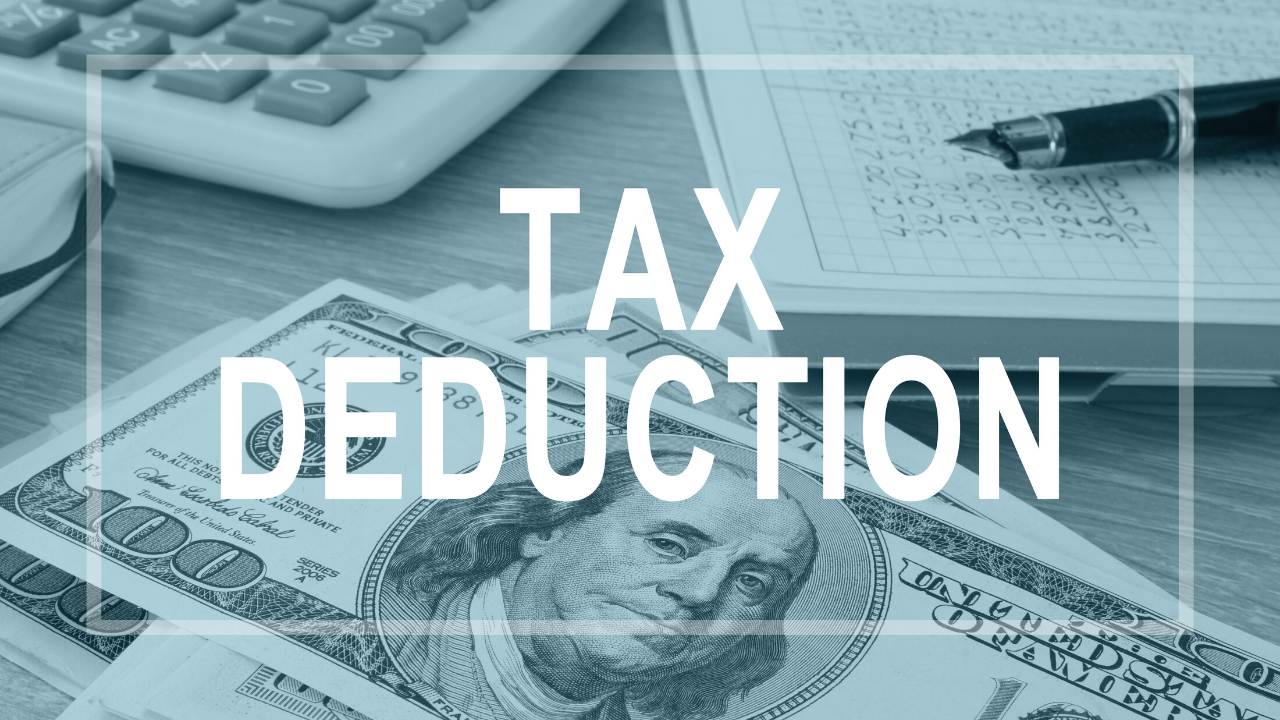
If you think a diverse and accessible workforce simply reaps cultural benefits for your organization, you might be surprised that there are financial benefits too.
In the last few decades, there has been a significant increase in activism and conversation surrounding equal opportunity and fair representation for people with disabilities in the workforce. The signing of the Americans with Disabilities Act (ADA) in 1990 opened the doors for millions of people with disabilities, including those who are Deaf and hard-of-hearing.
Still, a large majority of employers today lack commitment to recruiting and retaining people with disabilities due to insufficient awareness that such hires can be advantageous on various levels. Diversity in the workplace introduces unique perspectives and expands creativity that can positively impact any organization. On top of the cultural benefits gained, hiring employees from marginalized communities can also offer a financial boost to businesses through a variety of tax incentives and deductions.

Diversity in the Workplace
Many businesses presume that active disability inclusion will cost them money or require complex expertise. Studies prove otherwise. Approximately 56% of accommodations come with no cost at all, while others average around $500 per employee. Oftentimes, the majority of employees with disabilities do not require accommodation to carry out their job, and for those who do, costs can be minimal and tax deductible.
Specific expertise is not always necessary for accommodating Deaf and hard-of-hearing people, or individuals with other disabilities. As is the case with all employees, each person has unique needs and the best way to ensure full potential and employee performance is to simply ask what those needs might be. And in providing such accessibility, employers may qualify for tax incentives.

Image Source: Pearl Buck Center
Tax Benefits for Deaf Employment
The following is a summary of the potential tax credits and deductions for accessible and inclusive businesses.
The Barrier Removal Tax Deduction
What is it?
The Barrier Removal Tax Deduction is designed to encourage businesses to remove any architectural or transportation barriers that may affect people with disabilities and/or the elderly.
While these deductions cannot be applied to new construction, any business owner retrofitting their premises for enhanced accessibility can benefit. For example, installing ramps or wheelchair-accessible bathrooms, or improving sightlines for Deaf and hard-of-hearing customers and employees can deduct up to $15,000 in qualified expenses from taxes.
Eligibility
To be eligible for this deduction, business modifications must meet the requirements of standards established by IRS regulations implementing section 190.
How can it be claimed?
This deduction can be claimed annually by listing it as an expense on your income tax return.

Image Source: Ava
The Disabled Access Tax Credit
What is it?
The Disabled Access Tax Credit serves to support small businesses that incur expenses when providing improved accessibility and functional accommodations for disabled people. Examples include upgrading emergency alarm systems to those with flashing lights to accommodate Deaf or hard-of-hearing people or investing in Ava closed captioning for more inclusive team and customer communication. Similar to the Barrier Removal Deduction, this credit is not applicable to new construction and can only be applied to modifications made to existing facilities.
The tax credit covers:
- Barrier removal
- Providing aids such as braille menus
- Purchasing adaptive equipment
- Making interpreters and readers available for employees and customers for those that require them.
Eligibility
Available for qualifying small businesses with revenue of less than $1 million in gross receipts for the preceding tax year with up to 30 full-time employees, this tax credit can be applied year after year. The IRS defines full-time employees as those who work at least 30 hours per week for 20 or more weeks during the year. Excluding the first $250, half of the annual cost of qualifying expenses can be claimed up to a maximum credit of $5,000.
How can it be claimed?
To claim the credit, attach Form 8826 and Form 3800 to your tax return.

Image Source: WCPA
The Work Opportunity Tax Credit
What is it?
The Work Opportunity Tax Credit offers added incentives for businesses of any size that employ people from certain target groups who have faced significant barriers to employment, including people with disabilities and veterans. Caps for this tax credit range from $1,200 to $9,600, depending on the employee hired and the length of employment.
Eligibility
For Deaf or hard-of-hearing employees to qualify, they may need to be SSI recipients, receive public assistance, have a Vocational Rehabilitation referral, or have been unemployed for a significant length of time. In addition, employers can’t claim the WOTC for employees who are rehired. Further guidance can be found with State employment offices.
How can it be claimed?
Employers must seek certification within 28 days of the employee’s start date, and will then be able to make their general business credit claim. Both employers and job applicants need to complete Form 8850 on or before the day that an offer of employment is made. Once certification is obtained, employers will have to complete Form 5884.

Image Source: Hiring Thing
Additional Tax Benefits
Accommodations
For providing certain accommodations — be it for those who are Deaf, hard-of-hearing, or have other disabilities, employers can claim an ADA tax credit.
According to the ADA, businesses are required to provide reasonable accommodations to individuals with disabilities in order to allow them to perform the essential or core functions of their job. This may include providing sign language interpreters, live captions like Ava provides, or other assistive technology.
Keep in mind, not complying with the ADA can lead to costly lawsuits that every business should avoid — not only for cost, but because it’s the right thing to do!
Video Source: YouTube
Salaries & Wages
Salaries and wages paid to Deaf employees are tax-deductible as a business expense.
Training & Education
Company expenses related to providing training, education and accessibility for Deaf employees may be deductible, as well.
Insurance
The Small Business Health Care Tax Credit is available to small businesses that provide health insurance for their Deaf employees, and can be a valuable source of savings. Companies that have fewer than 25 full-time equivalent employees can take advantage of it. The credit can be worth up to 50% of employers’ premium contributions.
A Market for Inclusivity & Accessibility
People with disabilities make up a talent pool of nearly 11 million potential hires. Statistically speaking, there is a striking disparity between employed hearing people and employed Deaf people. While 75.8% of hearing people have jobs, a staggering 46.7% of Deaf people do not. The Bureau of Labor Statistics reported that in 2021, only 19.1 percent of people with a disability were employed.

Image Source: Coeus Creative Group
Broadening recruitment efforts among Deaf and hard-of-hearing employees goes beyond tax incentives as the work culture advantages can be significant. Companies who create inclusive environments where employees of varying abilities can thrive contribute to society at a higher level. When SMBs lean into the ADA framework, people who generally encounter discrimination in the workforce gain equal access.
Go-To Resources
Disability:IN empowers businesses to achieve disability inclusion through support and various services. Their mission is to increase employment opportunities for people with disabilities.
Employer Assistance and Resource Network (EARN) on Disability Inclusion helps employers recruit, hire, retain, and advance people with disabilities.
The U.S. Department of Labor provides education and awareness on the benefits of hiring qualified candidates with disabilities, promotes the activities of local communities to enhance employment of persons with disabilities, and maintains an online list of disability resources for employers and jobseekers.
Job Accommodation Network helps employers comply with disability nondiscrimination laws by advising on workplace accommodations for people with disabilities required by ADA.
Diversity + Healthy Work Culture + Tax Benefits Equals Win-Win-Win
A healthy work culture and positive work culture promotes company values that support work life balance, mental health, job satisfaction, and professional development. A positive environment will encourage employees, managers and team leaders to prioritize open communication so that all employees feel valued and feel empowered. A strong work culture often starts with training programs that encourage collaboration with other employees to ensure happy employees, and shows zero tolerance for behaviors that lead to a toxic work culture environment.
Diversity in the workplace and providing all employees of varying abilities or disability with reasonable accommodations creates a healthy work culture and positive work environment where everyone can thrive. While tax deductions produce financial payoffs for employers, providing opportunities for marginalized communities who may otherwise be denied employment paves the way for greater accessibility and inclusion so that everyone wins.




